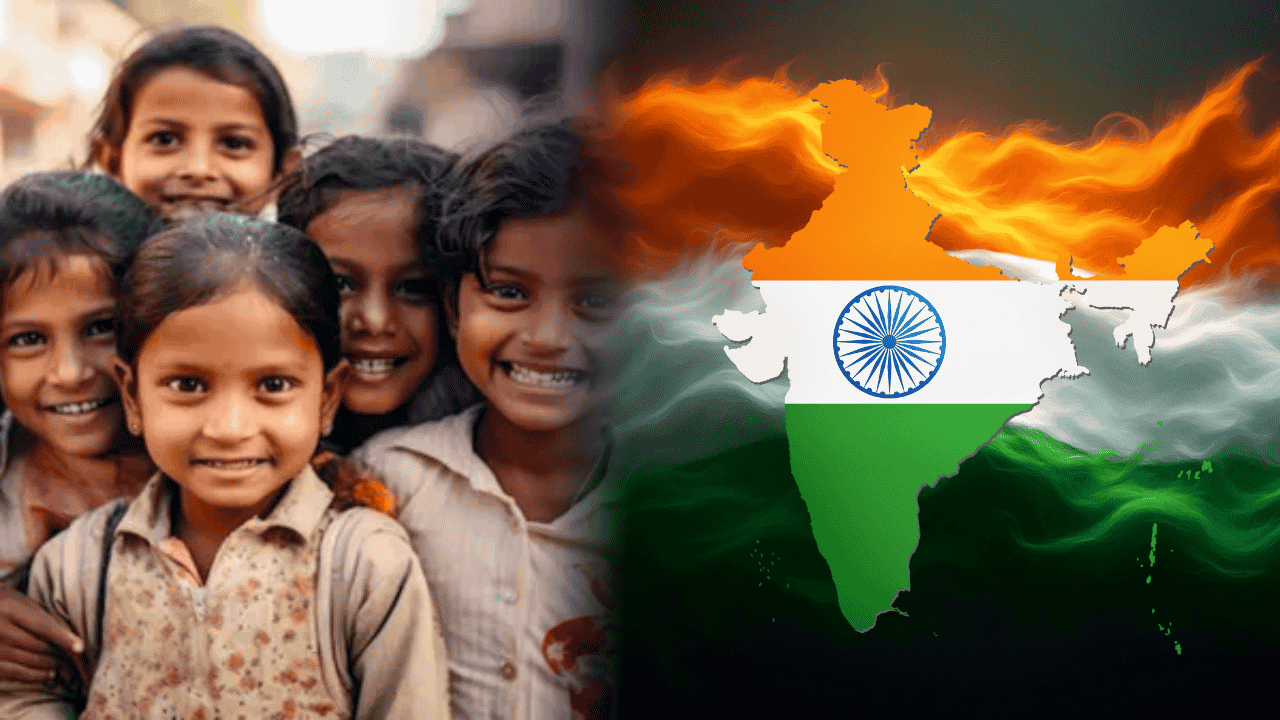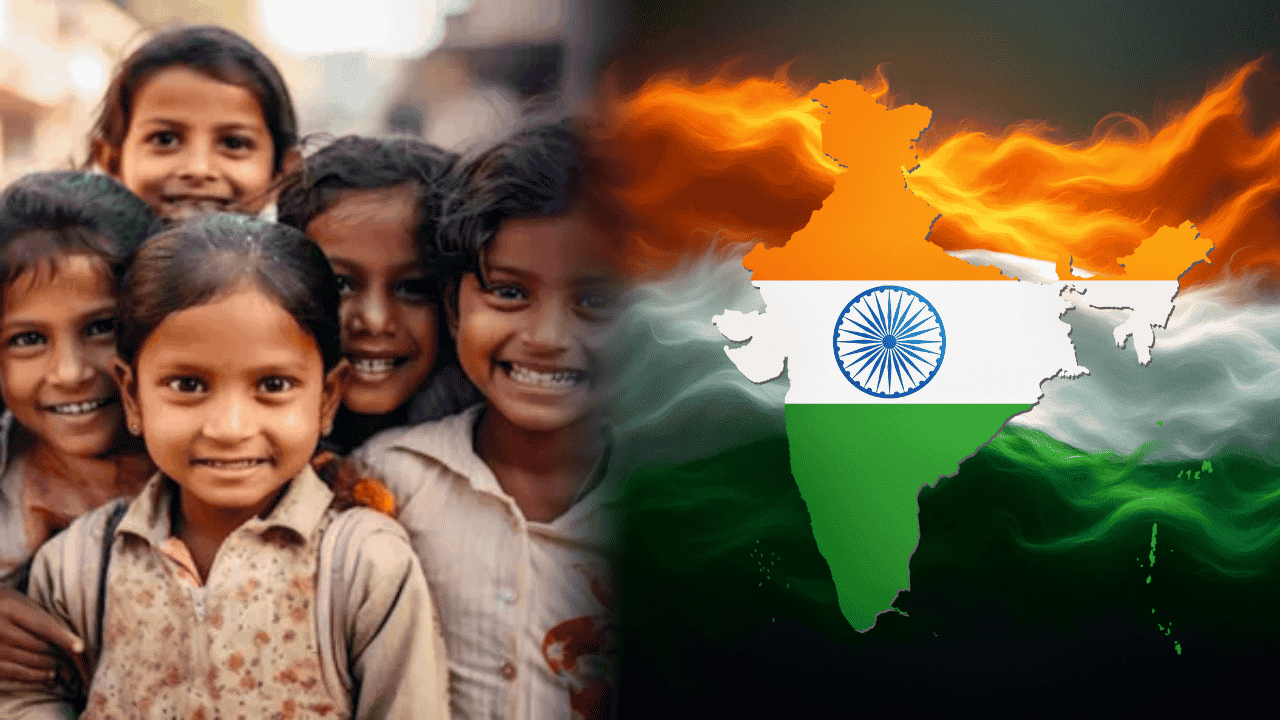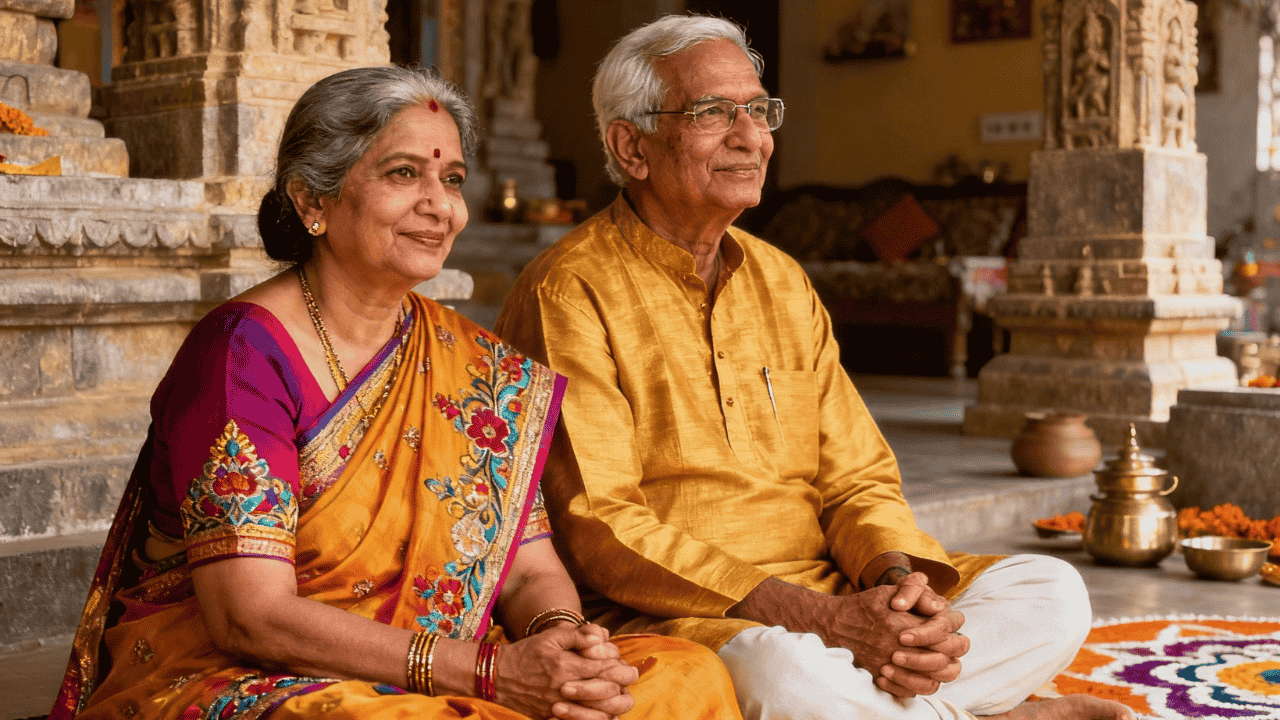Introduction
India has emerged as the second-largest arms importer globally between 2020 and 2024, following Ukraine, according to the latest Stockholm International Peace Research Institute (SIPRI) report. While India’s arms imports declined by 9.3% compared to 2015-2019, the country remained the largest arms destination for Russia and France. This report provides key insights into India’s defense procurement trends, shifting global arms trade, and major exporters.
Key Findings from the SIPRI Report
1. India’s Arms Imports and Declining Dependence on Russia
India accounted for 36% of Russian arms exports, a significant drop from 55% in 2015-19 and 72% in 2010-14.
India was the largest recipient of French arms exports (28%), surpassing all European buyers combined (15%).
Contracts signed with France include 36 Rafale fighter jets and six Scorpene-class submarines, with additional deals for 26 Rafale-M jets and three submarines in progress.
2. Ukraine Becomes the Largest Arms Importer
Due to the ongoing war with Russia, Ukraine's arms imports increased nearly 100 times compared to 2015-2019.
Ukraine received 8.8% of global arms imports in 2020-24, with at least 35 countries supplying weapons since 2022.
3. Pakistan’s Arms Imports Surge by 61%
China accounted for 81% of Pakistan’s arms imports in 2020-24, up from 74% in 2015-19.
Pakistan’s growing arms imports indicate increasing military modernization efforts with heavy reliance on China.
4. China Drops Out of the Top 10 Arms Importers
For the first time since 1990-94, China is no longer among the top 10 global arms importers.
This reflects China's expanding domestic defense production and reduced reliance on foreign arms.
5. Global Arms Trade Trends
The U.S. dominated global arms exports (43%), increasing its market share.
Russia’s global arms exports fell by 64%, now standing at 7.8% of total exports, falling behind France (9.6%).
Italy rose to the 6th spot among arms exporters, with a 4.8% market share.
Four Asian-Pacific nations—India, Pakistan, Japan, and Australia—ranked among the top 10 arms importers globally.
India’s Changing Defense Procurement Strategy
India’s defense procurement strategy is shifting towards diversification and self-reliance. The country is increasingly:
Reducing dependence on Russia by signing deals with France, Israel, and the U.S..
Investing in domestic defense production, aligning with the Make in India initiative.
Expanding indigenous defense capabilities, including fighter jets, submarines, and missile systems.
Future of India’s Defense Imports
With growing geopolitical tensions and regional security challenges, India’s focus will remain on modernizing its armed forces while reducing import dependency. The rise of France as a major defense partner and India's growing domestic defense industry indicate a long-term strategic shift.
Conclusion
India’s ranking as the second-largest arms importer underscores its ongoing military modernization and changing global defense partnerships. As India continues to balance imported defense technology with indigenous production, its strategic defense choices will shape its role in global security.
For the latest updates on India’s defense procurement and global arms trade, visit Ministry of Defence.
By Team Atharva Examwise #atharvaexamwise








